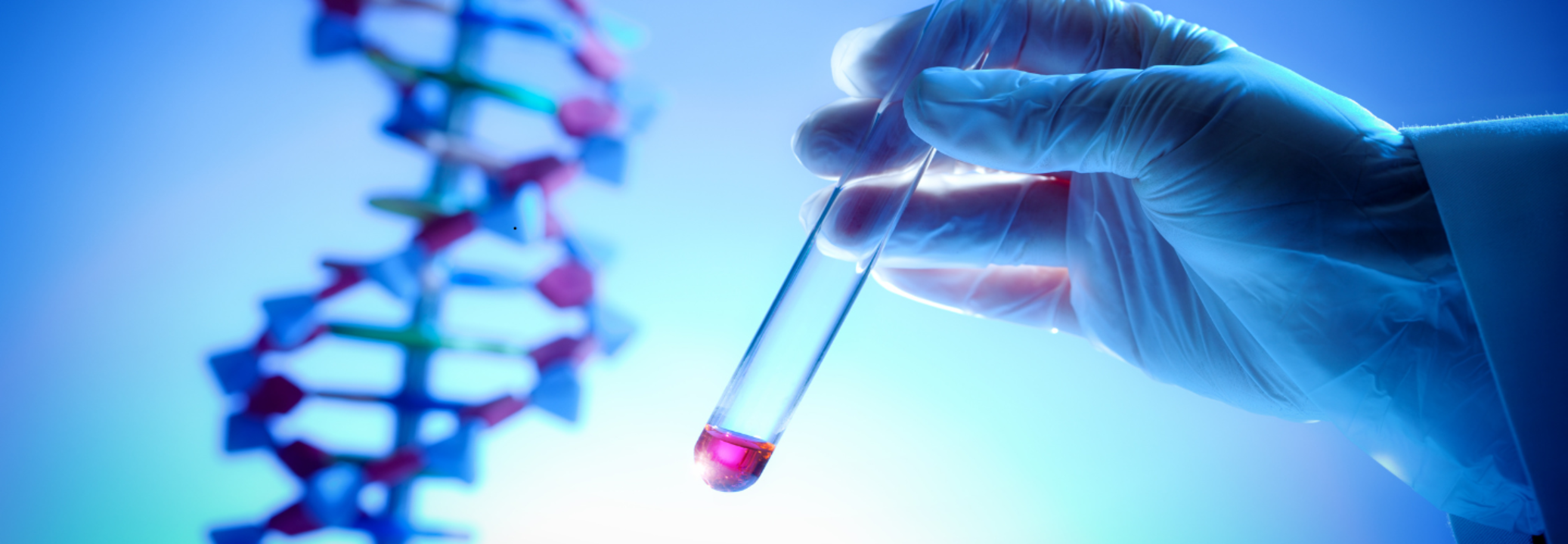Scientists Used CRISPR, The Nobel Prize-Winning Gene Editor, To Urgently Treat A Sick Baby

Credits: Canva
SummaryScientists raced to develop a custom CRISPR treatment for baby KJ’s rare genetic disorder, offering hope for personalized medicine and future gene-editing breakthroughs.
End of Article
